12 Common Characteristics of SEO Reports That Get No Traction
In order to summarize the state of SEO, measurement reports are created periodically and shared with clients. So what are the common features of SEO reports that are not paid much attention by the brand? In this article, I will try to explain in which cases organic performance reports can be interesting.
1. Brand & Non-Brand Distinction
Mixing brand search terms with non-brand search terms in reports leads to inaccurate reporting. Whenever possible, differentiate brands in your Google Analytics or Google Search Console reports:
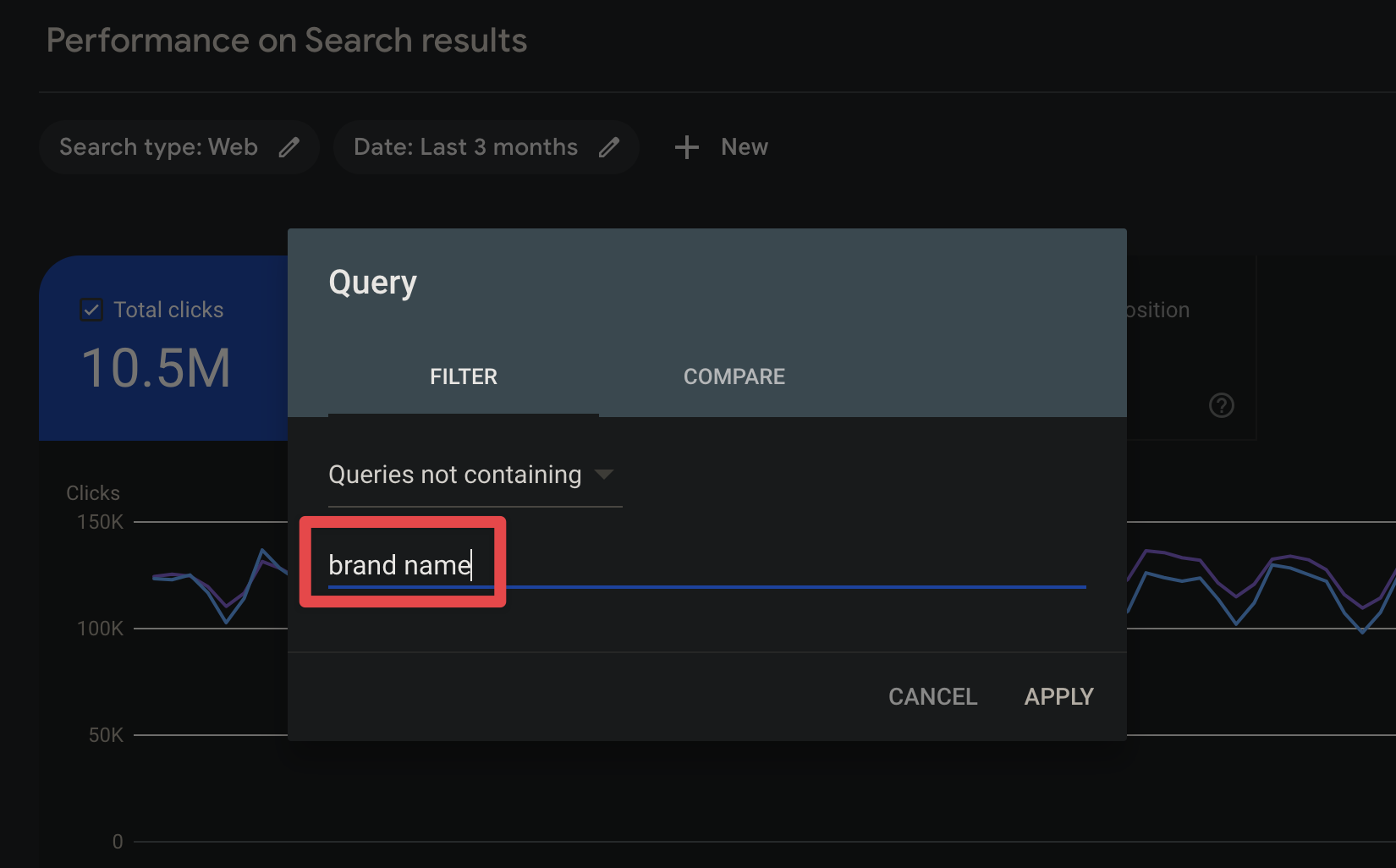
The distinction between brand and non-brand can help you better understand how well your brand is actually performing in the market and what actions are needed to improve performance. For example, if there is a negative trend for "Zeo", you can report this to the marketing teams, or if there are significant drops in words other than brand queries, such as "tent", you can check if this could be an indication of a technical SEO issue.
2. Lack of Competitors
Comparing SEO performance with competitors will give you an idea of how the brand is actually doing. For example, if the decline in organic word count is happening at the same time as your competitors, you can talk about sectoral declines or a change in trend. Competitors will therefore give you valuable information at the point of understanding where the industry is going.
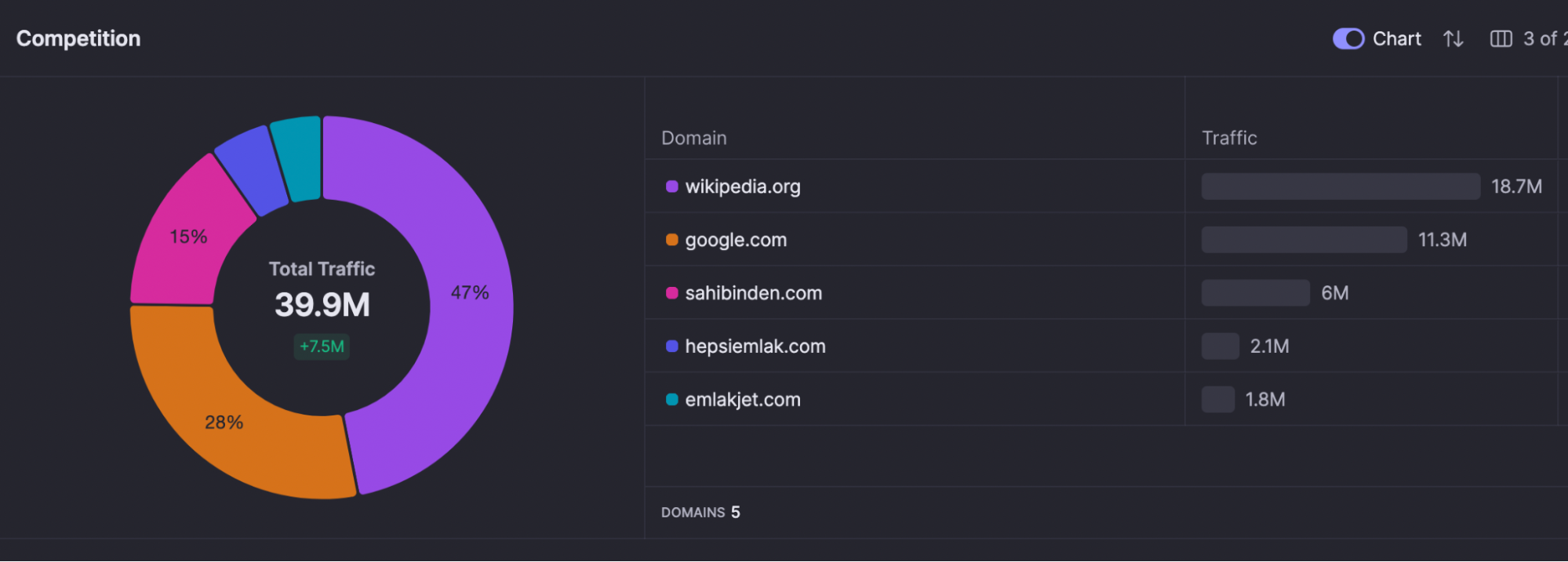
It can also be useful to not only show the organic traffic metrics of competitors, but also to examine them closely and say, "They have done very good work on X and that's why their organic traffic has increased by y%. Therefore, we recommend that more resources be allocated to the sample work we have forwarded to you" can also be useful in prioritizing your suggestions.
3. Search Console Average Position
The average position of keywords or pages is available in Search Console. Of course, the average position will change when filters such as date, device or country are added. If a keyword appears negative compared to the previous period, it will show that its position in Google has not decreased, but on the contrary, it has increased. So the closer you are to 0 for a keyword, the better your position:

4. Data Source
If you are creating reports from platforms such as Looker Studio, be sure to clearly indicate the data source. Even if you say this during the meeting, when the reports are shared within the brand after the meeting, the relevant people may question the sources of the data. This can create extra phone and e-mail traffic for you. To avoid this, clearly indicate the data sources in a suitable area:

5. External Factors
We have started to see external factors frequently in recent years. These factors can vary according to each sector. The simplest example is the COVID-19 pandemic period. The Ukraine-Russia war, political and political developments are all situations that actually affect users' preferences. You can see an example of this below:

Of course, seasonality should not be forgotten among external factors. An increase in search volume on food or similar topics during Ramadan can be seen as a high decrease when you compare this month with the following months. You need to clearly indicate such situations in the reports. Do not think of this situation only negatively, for example, during the pandemic period, volumes related to health or masks increased, which had a positive impact on organic traffic.
In summary, reports that ignore external factors or do not provide details will always be incomplete.
6. Future Action Plans and Recommendations
Due to the nature of SEO reports, positive increases may not always be visible. In meetings with the brand, you can clearly state future plans for declines. For example, if the word "hospital near me" has lost clicks and the average position has fallen to lower ranks, briefly explain the actions that can be taken here.
Don't be afraid to explain your shortcomings and how you can overcome them. If you plan your next steps in advance, you can be ready for any scenario. Including next month's plans in each report can also be useful for software and content teams to create their own business plans.
7. Lack of Insights and Commentary
The people who review your SEO performance reports will not always be SEO experts. Instead of just presenting a report to other people, supporting this report with detailed, clear and understandable insights will make it easier for everyone to read the report. Instead of just a screenshot showing the Google Analytics session metric, be sure to support these results with your summarized and understandable comments.

For example, in the graph above, you can attribute the decline in recent weeks to the trend or competitors renewing their content with up-to-date and accurate information. Let's go with another example, organic traffic may have been affected because the BIST was closed during the relevant period. Adding only a few sentences of clear comments will make your reports understandable. These comments will not only strengthen your reports, but will also help the brand's target audience to better interpret the numbers.
8. Lack of Significant Metrics
Every brand may have important KPIs. Not using the most important metrics for the brand in your reports will not attract their attention. For example, if you use the "user" metric even though the "session" metric is one of the most important metrics communicated to you, your reports may not be highly valued. By confirming that the most important metrics are included in your metrics, you can add them and get away from unnecessary data overcrowding.
Not adding the metrics and results you use when creating forecasts in SEO to the reports can be shown among the most important shortcomings:
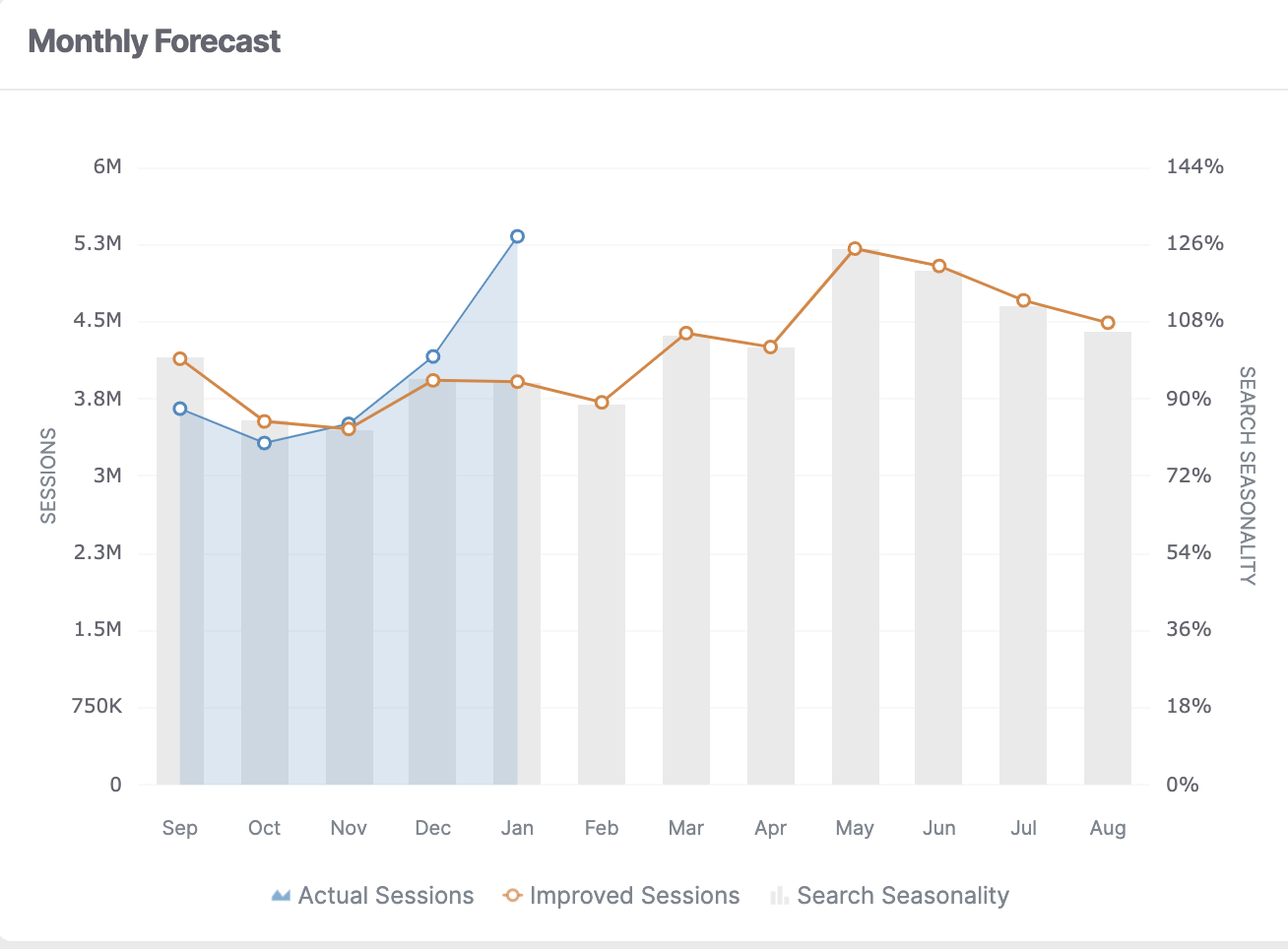
9. Completed & Pending Works
At the end of each month, you can present what work has been done for SEO performance, completed work and blocked work on a single page. You can print out JIRA or Click-up records in this context and add them to reports:
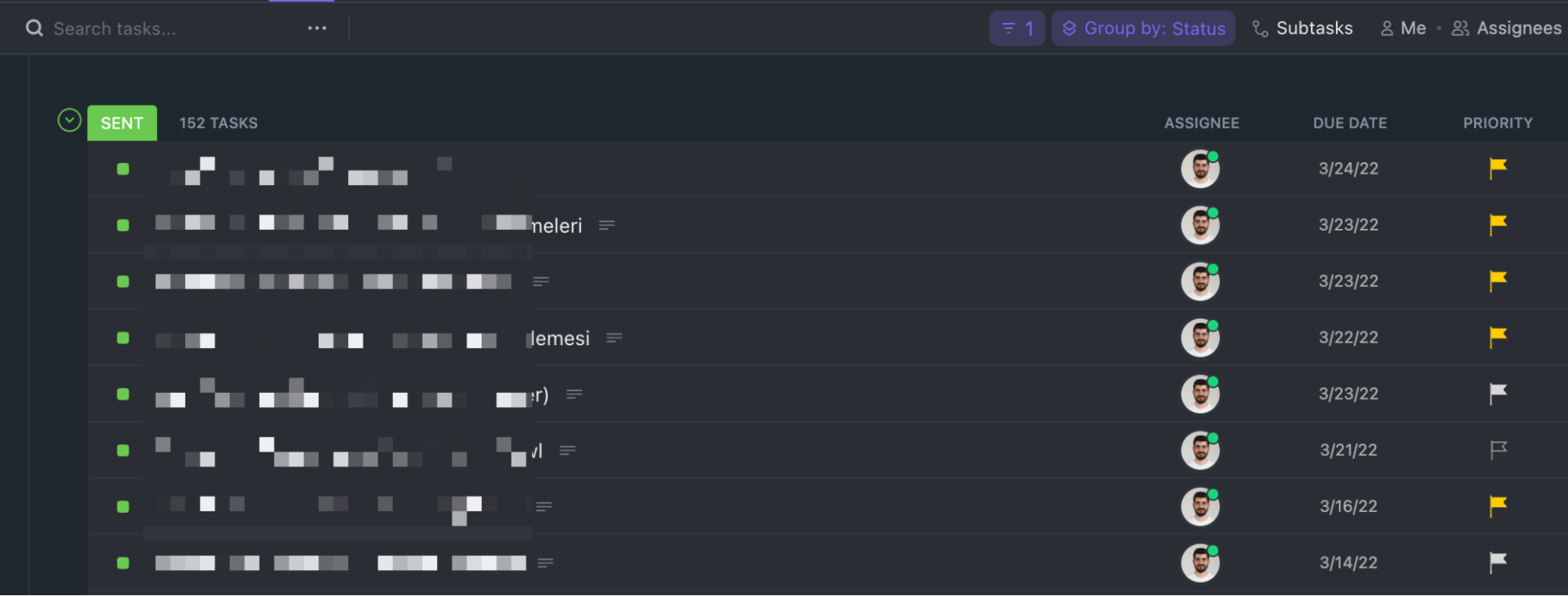
You do not need to describe all the details of the works in the report. If you simply specify and add the job titles, those who review the report can see the whole process in SEO work more clearly.
10. Target Audience
Understand the details of the audience that will review SEO reports beforehand; because if the report you will prepare will go to people such as C-level (CEO, CMO), it should include different details, and if it will go to marketing or internal SEO teams, different information should be used in the reports.
Since not everyone has the same level of SEO knowledge and understanding, the understanding of the reports will differ according to the people in the business. While you can talk to SEO teams within the brand about the crawl budget and pages in the index through the report, it may make more sense to report to senior executives on conversion rate or other metrics in the organic channel.
11. Big Mistakes
Elbette hepimiz insanız ve zaman zaman hatalar yapabiliriz. Bu hataları minimum seviyelerde tutmak için özen göstermeliyiz. Rank Tracker’da bir kelimede yaşanan YoY değişimi ya da masaüstü ve mobile göre sıralama değişimlerini yanlış analiz tüm raporun yorumlanırken hatalı olmasına sebep olur. Örneğin YoY verisi ilgili kelimede düşmemiş aksine artmışsa bu duruma dikkat edebilirsiniz:
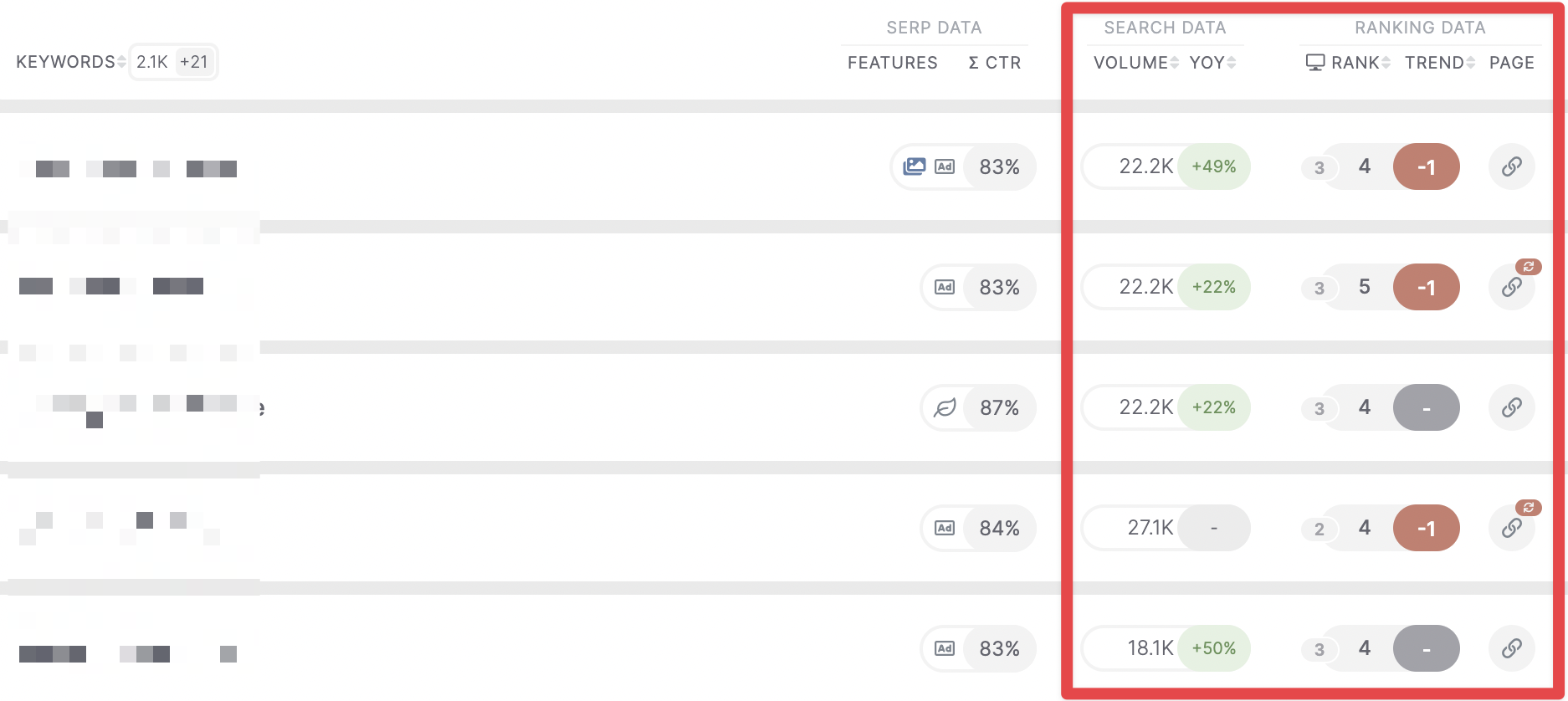
In another example, the use of incorrect characters in filters added with RegEx in Looker Studio reports can also cause major errors throughout the report:

12. Too Many Pages & Data
Including too many pages in the SEO measurement report does not always make the report good. I also recommend that you do not prepare reports with too many pages, as the people you will forward it to will also have limited time. Since the report with the minimum or maximum number of pages here will vary according to each site, it will not be correct to give an exact number:

I hope that by paying attention to all the information I have shared so far, you can create better quality reports and create reports that everyone can show interest in. Different methods or your creative ideas can also be included in the reports. As I mentioned in the first introduction, my aim was to convey to you the details that I see in common. I wish everyone a day with lots of organic traffic!


















